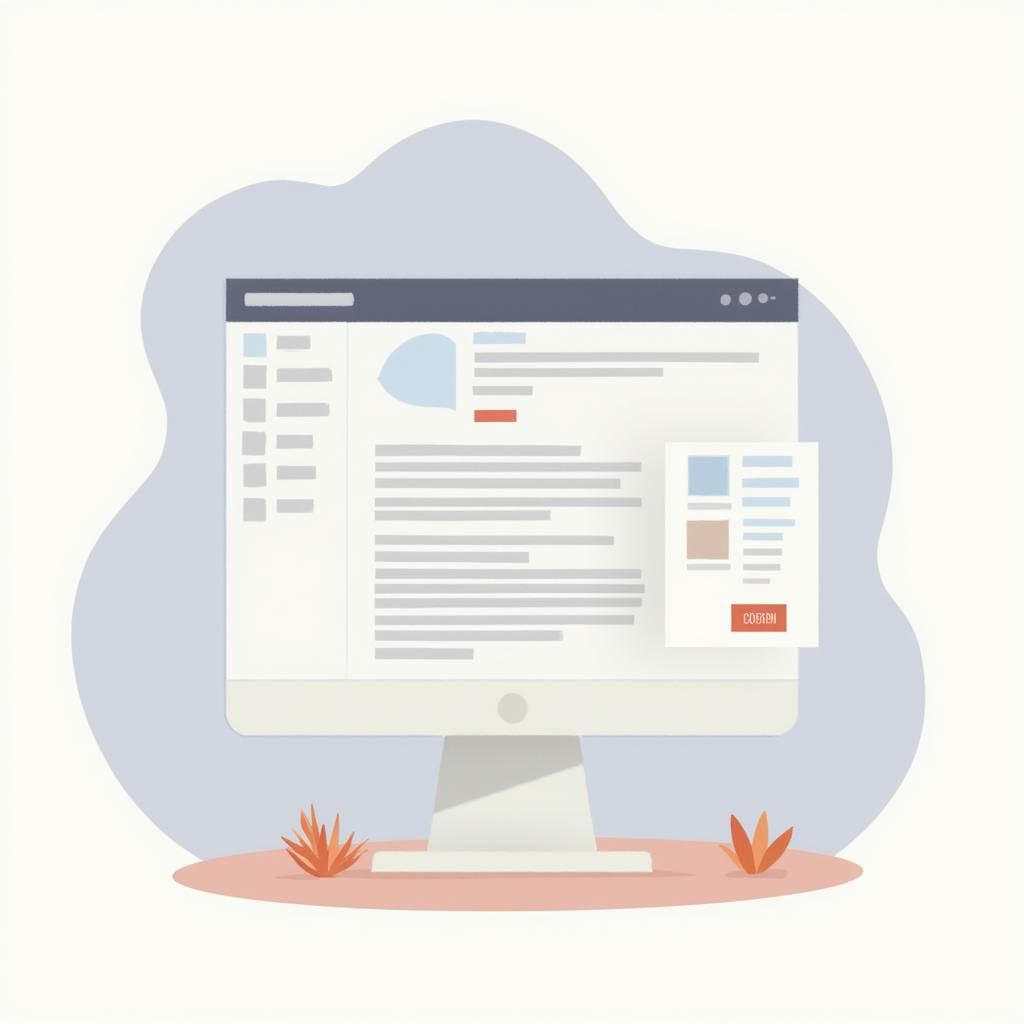In the digital age, businesses must constantly enhance customer experience and drive sales through data-driven decisions. One key technique for achieving this is split testing, a powerful method that ensures objectivity and precision in evaluating marketing strategies. A fundamental tool for data analysts and digital marketing strategists is the `train_test_split` function from `sklearn`, a library that stands out for its efficiency and ease of use in split testing.
Understanding Train_Test_Split sklearn
The primary role of `train_test_split` from scikit-learn (often abbreviated as `sklearn`) is to split data sets into training and testing subsets. This division is crucial because it allows data analysts to train models on one subset of data and test their performance on another independent subset. This ensures that the evaluation is unbiased and generalizable, which is essential for accurate predictions and sound decision-making.
Why Use Train_Test_Split from Sklearn?
Clear Methodology
Using `train_test_split` ensures a clear and systematic approach to dividing data. This function ensures that each model is tested under controlled and comparable conditions, which is key to identifying the best-performing strategies.
```python
from sklearn.model_selection import train_test_split
# Example usage
X_train, X_test, y_train, y_test = train_test_split(X, y, test_size=0.2, random_state=42)
```
Concise and Efficient Implementation
The `train_test_split` function from scikit-learn makes it easy to implement a training and testing split with just a few lines of code. Its parameters, such as `test_size` and `random_state`, allow for flexibility and control over the splitting process.
Compelling Results Through Stratification
One of the most compelling features is the ability to use the `stratify` parameter. This ensures that the training and testing sets have the same proportions of classes as the original dataset, which is particularly useful for imbalanced datasets.
```python
# Stratified split to maintain the same proportion of classes
X_train, X_test, y_train, y_test = train_test_split(X, y, test_size=0.2, stratify=y, random_state=42)
```
Credible and Reliable
The scikit-learn library is widely recognized for its reliability and trustworthiness. It is well-maintained and extensively used in the data science community, ensuring that the methods and functions it implements are both robust and credible.

AI made with Samby Sayward
Frequently Asked Questions
How Do I Handle Data Splits in Python?
Using `train_test_split` in Python is straightforward with the scikit-learn library. Simply import the function, define your datasets, and specify the desired split ratio. Customizations such as stratification and random state can refine the splits according to your needs.
What About Python Alternatives like Train Test Split in R?
While Python's scikit-learn is extremely popular, alternatives exist in other programming languages like R. In R, the `caret` package provides similar functionalities to perform train-test splits, ensuring that users have options regardless of their programming preferences.
How Does Split Testing Boost Sales?
By employing split testing methods, companies can objectively test different marketing strategies to see which one yields the best results. This data-driven decision-making helps optimize marketing efforts, leading to increased customer satisfaction and ultimately driving sales.
FAQ Article: Using `train_test_split` from Sklearn for Sales and Customer Experience
Can you use the `train_test_split` function in sklearn for split testing in sales and customer experience?
Yes, the `train_test_split` function from the `sklearn` library can certainly be used for split testing in sales and customer experience scenarios. This function is designed for splitting datasets into training and testing subsets, which is crucial in developing and validating predictive models. Although it was primarily developed for machine learning tasks, its application extends to various domains including sales and customer experience management.
In the context of sales and customer experience, split testing (or A/B testing) often involves comparing different versions of a sales strategy or customer experience approach. The `train_test_split` function can be employed to divide your customer data into training and testing datasets, allowing you to develop predictive models that can forecast the effectiveness of different strategies before implementing them in a live environment.
How does `train_test_split` in sklearn enhance customer experience and boost sales?
Data-Driven Recommendations
By splitting the customer data into training and testing sets, businesses can develop models that predict customer preferences and purchasing behaviors. These insights can be used to tailor personalized marketing strategies, ultimately enhancing customer experience and boosting sales.
Model Validation
To ensure that a predictive model is accurate and reliable, it needs to be validated. The `train_test_split` function offers a straightforward way to achieve this by providing separate datasets for training the model and testing its performance. This step is crucial in building a robust model that can make accurate predictions on new, unseen data.
Segmentation Analysis
Customer segmentation involves dividing a customer base into groups based on various criteria. By using `train_test_split`, different customer segments can be analyzed separately to develop targeted sales strategies, improving engagement and increasing conversion rates.
Optimization of Marketing Campaigns
The insights derived from the models trained using the split datasets can guide the optimization of marketing campaigns. For example, understanding the key factors driving sales allows marketers to focus on the most effective channels and messages, enhancing overall campaign performance and ROI.

AI made with Samby Sayward
How is the `train_test_split` function from sklearn beneficial in the evolution of split testing for customer experience?
Scalable and Reproducible
The `train_test_split` function makes it easy to create reproducible splits in the dataset, supporting the scalability of testing processes. This consistency is critical when dealing with large customer datasets to ensure the integrity of the test results.
Flexibility
The function offers flexibility in defining the size of the training and testing sets, which can be tailored to the specific needs of the study. This flexibility allows analysts to control the trade-off between the amount of data used for training the model and the data reserved for validating its performance.
Efficiency
The ability to randomly split data sets quickly allows for rapid iteration and testing of different models or hypotheses. This speed is beneficial in dynamic business environments where quick decision-making is essential to stay competitive.
Enhanced Analytical Capabilities
By systematically applying `train_test_split`, organizations can efficiently handle more complex analyses, such as time-series forecasting and churn prediction. These advanced analytical capabilities contribute to a deeper understanding of customer behavior and the development of more sophisticated sales and customer experience strategies.
Can the `train_test_split` feature in sklearn be implemented for boosting sales through effective customer experience management?
Absolutely, the `train_test_split` feature can be instrumental in enhancing customer experience management and, by extension, boosting sales through the following mechanisms:
Customer Lifetime Value (CLV) Prediction
With the help of predictive models that have been trained and validated using the `train_test_split` function, businesses can estimate the long-term value of different customer segments. This enables companies to focus their efforts on high-value customers and devise strategies to increase their lifetime value.
Churn Reduction
Identifying the factors that contribute to customer churn (i.e., when customers stop doing business with a company) is crucial. By testing various models and strategies using split datasets, businesses can develop effective retention programs aimed at reducing churn rates.
Personalization
Personalized customer experiences are key to driving engagement and sales. By using predictive models validated through split testing, companies can better understand individual customer preferences and behavior, allowing them to offer personalized recommendations and experiences that increase satisfaction and loyalty.
Performance Metrics Evaluation
Evaluating the performance of different strategies through split testing provides actionable insights that can directly influence sales outcomes. By comparing the effectiveness of various approaches (e.g., different pricing strategies, promotional campaigns, etc.), businesses can refine their tactics to maximize sales and improve customer experiences.
Split testing is indispensable in the realm of digital marketing and data analysis. The `train_test_split` function from scikit-learn provides an efficient, reliable, and easy-to-implement method for dividing datasets into training and testing sets. By leveraging this method, businesses can enhance their customer experience and boost sales through data-driven strategies. The clear, concise, compelling, and credible aspects of `train_test_split` make it a must-have tool for anyone looking to revolutionize their approach to customer engagement and sales optimization.

